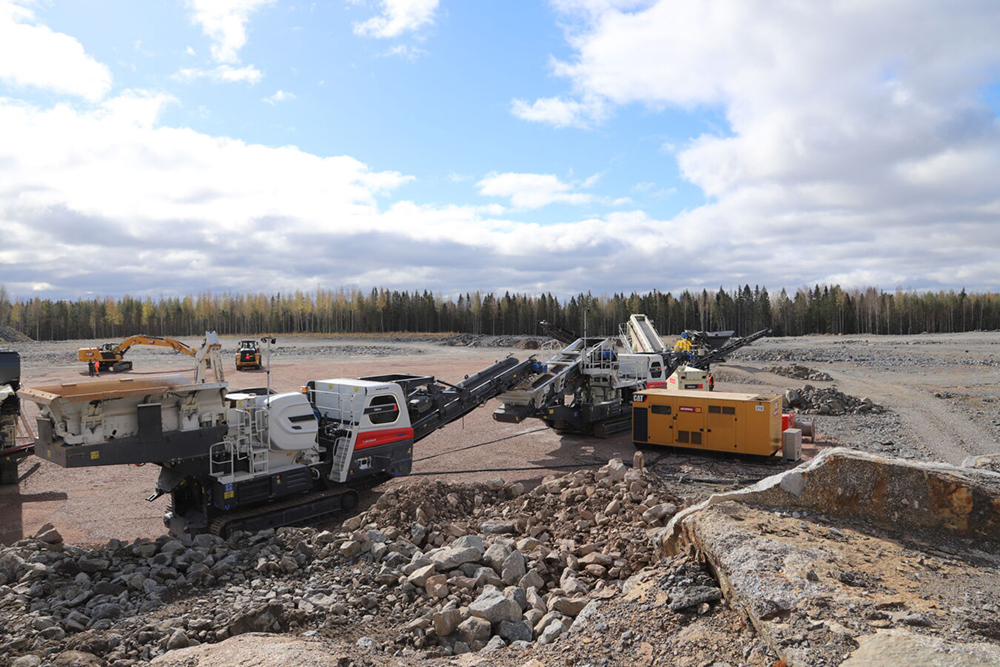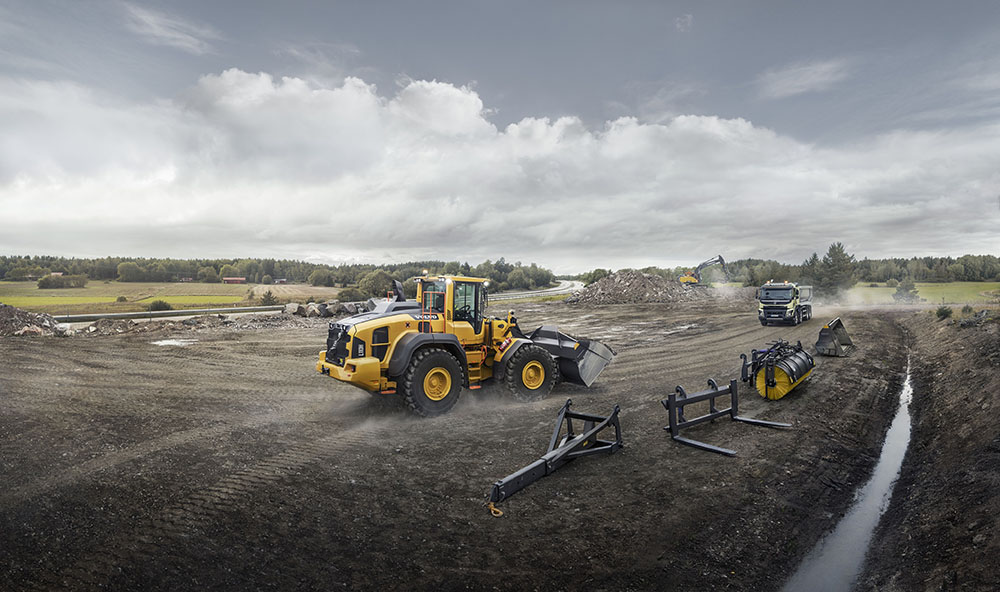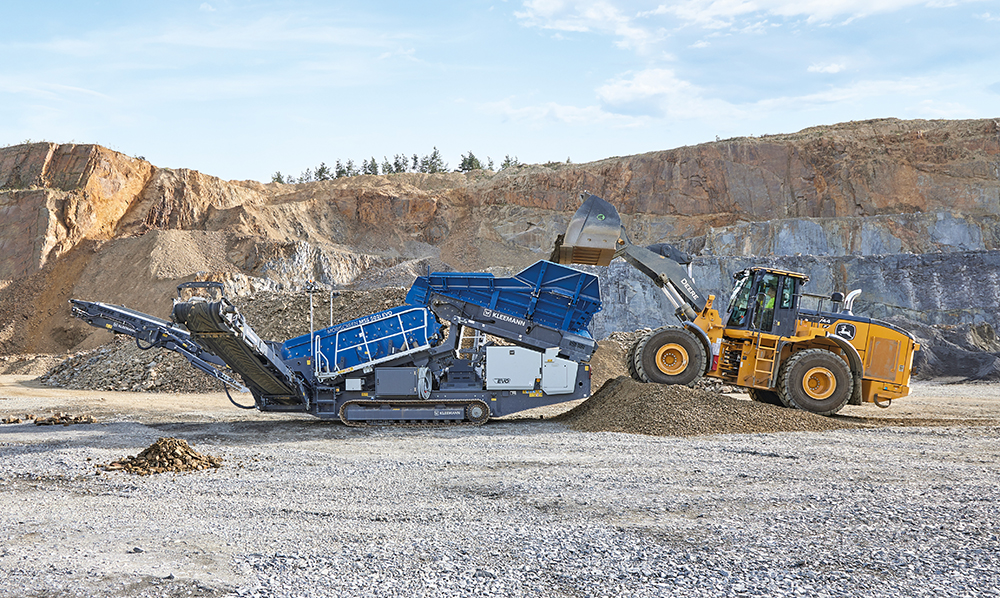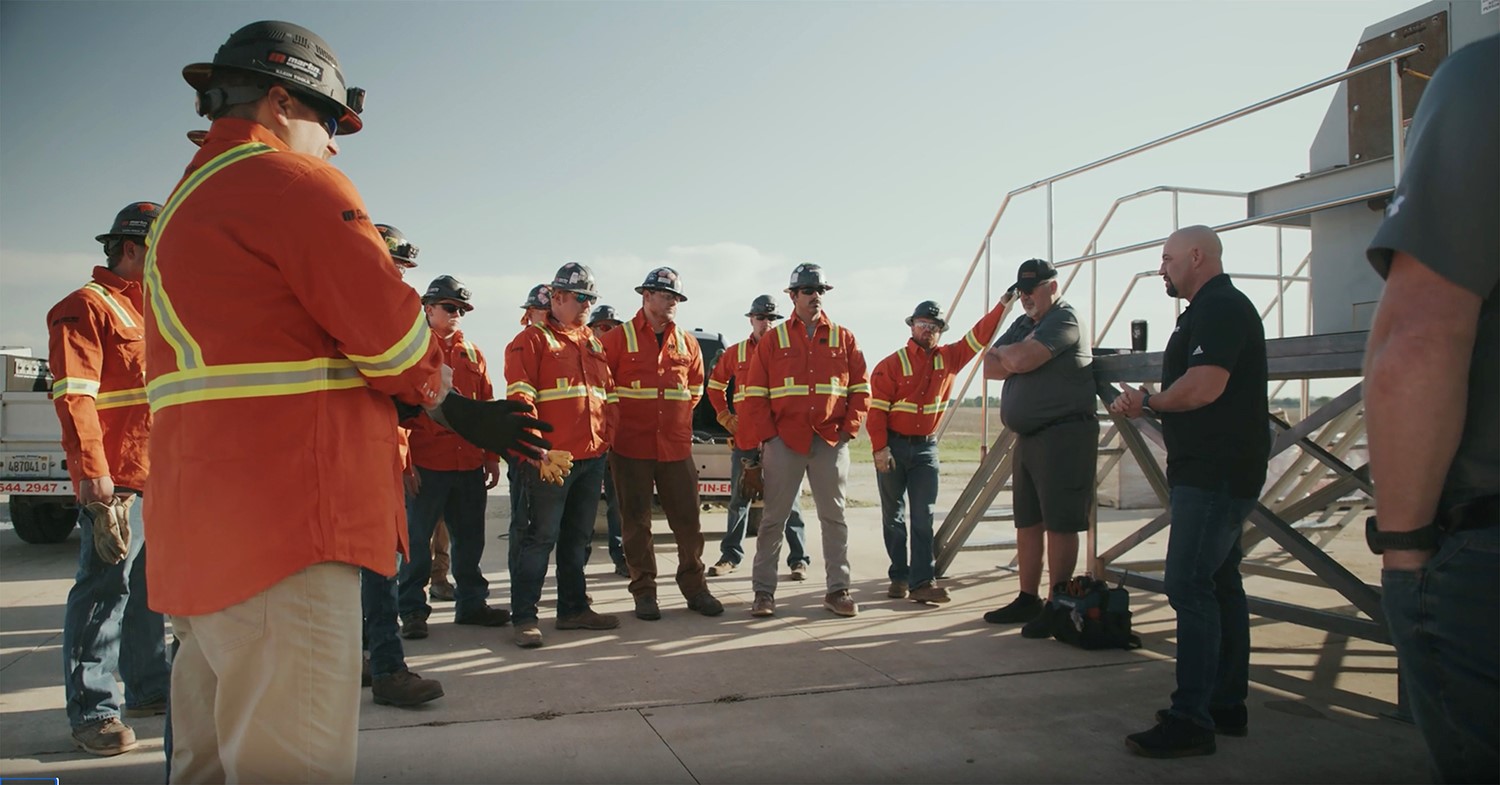
High-volume belt conveyors are among the most hazardous equipment in any bulk handling operation. Maintaining the delicate balance between production demands and efficiency can be a challenge for any internal maintenance team. To control labour costs and improve safety, operators often enter servicing agreements with outside contractors to perform routine maintenance or to retrofit new equipment during a shutdown.
Although outside contractors may be experienced, they often lack the proper training and specific knowledge to offer adequate servicing and installation of modern equipment designs. Moreover, this gap in expertise might limit what recommendations to common problems they offer, causing them to default to antiquated equipment or debunked solutions. This is why contractors must have ongoing training to use modern techniques, install the latest equipment and operate to workplace safety best practices.
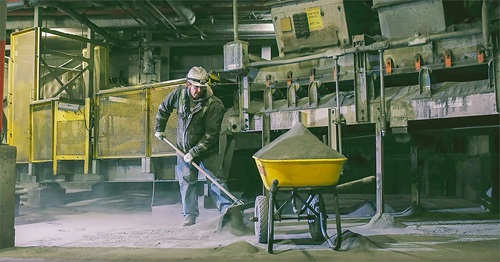
Among global leaders in belt conveyor accessories and material flow technology, Martin Engineering technicians are often invited to solve serious conveyor issues. For example, a common customer complaint is that the belt cleaners installed on the belts are ineffective. The perception of the operator is that the product is defective or just plain "garbage". Upon inspection, the technicians often find the equipment was simply (1) not installed properly, (2) not adequately maintained (improper intervals, over-tensioned, etc.) and/or, (3) inappropriately specified to match the application requirements. All these issues can be addressed through proper training.
That's why Martin Engineering ensures its team of Martin Service Technicians (MSTs) are up to date on the latest techniques and bulk handling technologies by conducting regular, intensive week-long 28-hour training sessions like the most recent one in the spring of 2024. MSTs who have been with the company for several months to a few decades regularly receive refreshers on their existing knowledge and learn about new products and practices.
From deep mines to large cement plants, the goal of the training is to ensure Martin's customers experience maximum efficiency and productivity in their bulk handling systems and are provided with the highest standard of service that complies with safe workplace best practices at every step.
"As factory-trained MSTs, it's not just our experience but also our knowledge that allows us to provide a solution for our customers," said Blayne Anderton, Martin Service Technician. "For an expert contractor to come in and do the job professionally and safely is one less stress the customer needs to worry about."
A service contract can reduce labour costs and ensure conveyor systems run efficiently. This has proven to reduce unscheduled downtime, improve system safety and lower the cost of operation. To improve project outcomes for every visit, service technicians should:
1) Walk the Belt to identify safety issues and obstacles to system efficiency.
2) Carry the correct certifications to provide the service safely.
3) Have the training required to properly complete maintenance and installation tasks.
4) Observe workplace safety best practices for every project including lockout/tagout/tryout and assistance-required procedures.
5) Possess the knowledge and experience to identify/offer economical solutions.
6) Provide a Walk the Belt report with photos tracking the project and any recommendations.
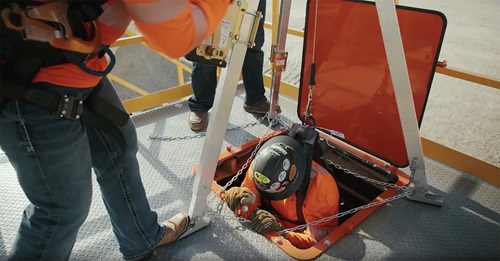
Martin Engineering's MST training hours are in the classroom and hands-on, working with operational life-sized equipment specifically designed to simulate real-world environments. The most recent training week featured product training (installation and maintenance), safety training (confined space entry, energy isolation, man lift, first aid and CPR), and skills training (welding). With a focus on the details, MSTs were taught the most efficient methods of installing Martin's newest products, from the innovative CleanScrape Primary Cleaner to the labour-saving Modular Transfer Point Kit.
"Martin is uniquely positioned because while we're on the site, we're walking the belts and creating detailed reports with pictures," said Jesse Beasley, Martin Service Technician. "We offer ongoing knowledgeable support, not just installing our equipment and leaving."
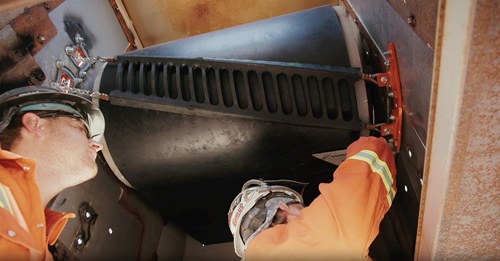
Martin Engineering has long been recognised as having the world's most comprehensive onsite and online conveyor training programmes. The training textbooks, Foundations, The Practical Resource for Cleaner, Safer, More Productive Dust & Material Control and Foundations for Conveyor Safety, written by established industry experts, have become standard in several vocational programs with 22,000 copies circulating worldwide.
The company also has the largest free online archive of training resources in the Foundations Learning Centre presented by knowledgeable and engaging trainers. The Learning Center uses a mix of text, graphics, videos, webinars, online events, and live experts available to answer questions. These free resources have democratised conveyor safety training globally, allowing for refreshers amongst internal staff and contractors if questions about conveyor maintenance arise.
Operation and safety managers alike are encouraged to review reports created by MSTs and consider their recommendations. The internal Martin Engineering training program has ensured that suggestions offered in Walk the Belt reports are informed observations that can help improve production and safety and forecast any issues that might result in unscheduled downtime or equipment damage. This allows operators to plan future improvements and better control costs.

"Our service technicians are basically the face of Martin; they're the front line," concluded Mike Moody, Business Development Manager for Martin Engineering. "Our MSTs are factory-trained service professionals who are fully aware of everything that needs to be looked at to make sure systems are safe and working best for our customers."








